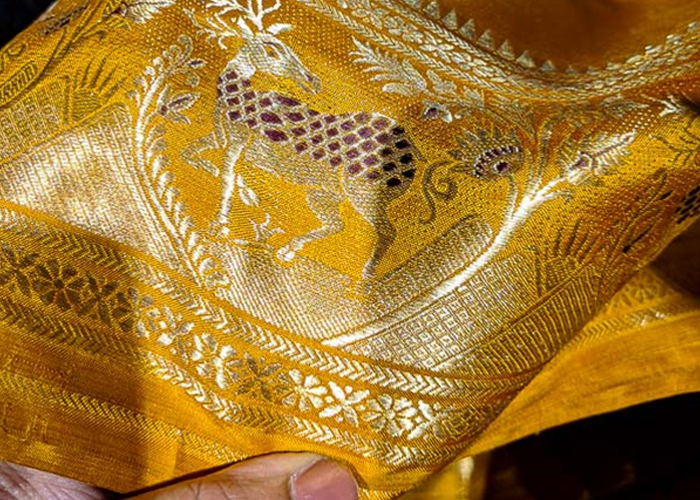
At Tri-Impact, we envision sustainable development through an integrated approach that benefits people, protects the planet, and fosters prosperity for present and future generations.
As per a report by Ellen Mac Arthur Foundation, clothing represents more than 60% of the total textiles used and in the last 15 years, clothing production has approximately doubled, driven by a growing middle-class population across the globe and increased per capita sales in mature economies. At the same time, clothing use has declined by almost 40%. This phenomenon is because of fashion trends and the tendency of people specially youngsters to use and throw clothes over a very short period of time. This increases consumption per capita resulting in people asking for cheaper versions compromising on the quality. More than often such low-priced qualities are made from unsustainable materials such as synthetic materials and the process of development is also not eco-friendly.
If we look back at our legacy, we find India to have a treasure of textiles which are unique qualities. Some of these are:

- Banarasi Silk
- Kanchipuram Silk
- Chanderi
- Patola
- Pashmina
- Bandhani
- Phulkari
- Ikat
- Kalamkari
- Ajrak
- Kutch Embroidery
- Baluchari
- Kantha
If we peep into the composition of these textiles or look into their manufacturing process, we find all of them to be made from natural textile fibres and the manufacturing processes are eco-friendly. Let us see how these Heritage Textiles of India support the three pillars of sustainability – People, Planet and Prosperity.
PEOPLE
- Cultural Preservation: Heritage textiles help preserve traditional skills and knowledge passed down through generations. This fosters cultural identity and community pride.
- Employment: The production of heritage textiles can provide jobs, often in rural and marginalized areas, supporting local economies and artisans.
- Quality and Uniqueness: Usually these textiles are handcrafted giving high-quality products that often have a longer lifespan compared to mass-produced items.
PLANET
- Sustainable Practices: Traditional textile production often uses natural fibers and dyes, which are biodegradable and less harmful to the environment compared to synthetic materials.
- Low Carbon Footprint: Heritage textiles are generally produced on a smaller scale, with less reliance on industrial processes that contribute to carbon emissions.
PROSPERITY
- Economic growth: Supporting Heritage Textiles gives livelihood opportunities and economic growth to millions of weavers, dyers, printers, etc who otherwise are not being paid their worth.
- Indian heritage textiles are highly valued in global markets for their quality and uniqueness, they serve as cultural ambassadors, showcasing India’s rich artistic heritage on the global stage, thereby generating great demand.
To summarize, Indian heritage textiles are more than just fabrics; they are embodiments of cultural heritage, sustainable practices, and economic prosperity. By valuing and supporting these textiles, we not only preserve an important part of our cultural legacy but also promote sustainable development and economic well-being. The intersection of people, planet, and prosperity in the context of heritage textiles underscores their multifaceted significance and the need for continued preservation and innovation in this sector.
